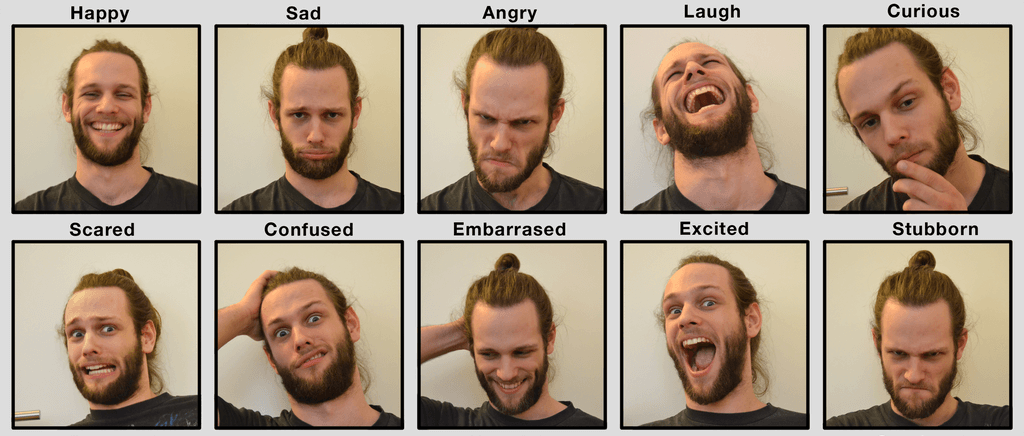What is Emotion Recognition and Why is it Important?
Effective communication and healthy relationships with others are a two-way street of mutual understanding and proper interpretation of behavior. This being said – the manner in which people interact with each other can be altered by one’s ability to recognize, interpret, and react to the hints given out by others – voluntarily or not.
So, today we discuss the so-called “emotion recognition” and its substantial influence on how we interconnect with our friends, family, colleagues, and associates.
What is Emotion Recognition Exactly?
Briefly explained, emotion recognition is the process of identifying the emotions of people around you. It has much to do with accurately reading facial expressions, non-verbal gestures, and even body language – communication features that can oftentimes speak louder than words ever could.
Emotion recognition is primarily expected to occur during live and face-to-face conversations. Still, it can also help us orientate ourselves in the changing mood of any other form of intercommunication – through audio, video, and text including. Improve it with Relaxifyapp Exercise
Emotion Recognition as a Part of Emotional Intelligence
Registering and acknowledging the emotional state of the person in front of you is the first and foremost condition needed for engaging in fruitful communication. Doing so can help you facilitate your own thoughts, outline your behavior, and regulate your own emotions.
According to the American Psychological Association, emotion recognition is an element of social skills and empathy within the broader emotional intelligence of the individual. It plays a vital role in our evolutionary mechanism by keeping us aware of the situation and the safe, smart, and adequate ways to react to it.
Or else said – being able to apprehend the emotional spectrum you observe is fundamental for a proper reaction and a healthy ongoing interaction with the world.

Understanding Others Helps Our Own Selves!
Bringing theory to practice – how does emotion recognition boost our own well-being, and how does it mold the way we position ourselves in our social realm? Here are a few emotion recognition benefits, proven by both time and science:
Improved Social Interactions
Being able to stay flexible to others’ moods and momentary dispositions is highly valued in both personal and business relationships. Showing emotional intelligence and understanding of the situation will help you improve your social interactions and enhance your reliability in the eyes of others – be they your friends, your co-workers, or your partners.
Healthy Relationships
You can’t maintain a healthy and mutually-satisfying relationship if you haven’t got the emotional tools to read the frame of mind, continually revealed by the other person. Modalities of behavior are here to show you the proper way to respond to a situation – all you need to do is decipher them and let them guide you to the common ground you’re looking for.
Better Emotional Regulation
Understanding what you’re involved in comes with clear plans of action, realistic expectations, and a reduced chance of nurturing harmful misbeliefs. Or else said – once you know what is actually going on, you know what to anticipate. This can help you regulate your emotions accordingly and take your time to prepare for whatever may come your way.
How to Improve Your Emotion Recognition Skills?
As satisfying as they sound, the advantages of proper emotion recognition are not so easy to achieve at all times. Some people have better inherent emotional intelligence skills, while others are required to work harder on their performance when dealing with others.
If you happen to be born in the second group, there is still much you can do about becoming better at reading the emotions of others. Here are a few things to consider as a good starting point:
- Pick a favorite actor or actress, then browse some movie pictures they appear in. Try to guess and name the emotion you are reading. This is a beginner-level exercise, as research shows that known faces are easier to read than unknown ones.
- To level up, start watching new movies, videos, and programs with the sound turned off. First, try to guess the emotions of the people on screen without being able to hear their words. Then put the sound on, and check if you were anywhere close.
- Spend at least five minutes a day playing the “Emotion Recognition” game for free in the RelaxifyApp. There, you will have to match an emotion with a picture by picking between three different images. Our exercise is designed by experienced psychologists and shown to generate tangible improvement in the quality of your perception of nonverbal emotional display.
The more you exercise, the better you will become at understanding others without them having to say a word. With that kind of development, you will also enjoy a more satisfactory social life, more stable relationships with people, and a harmonious state of your own mind.

